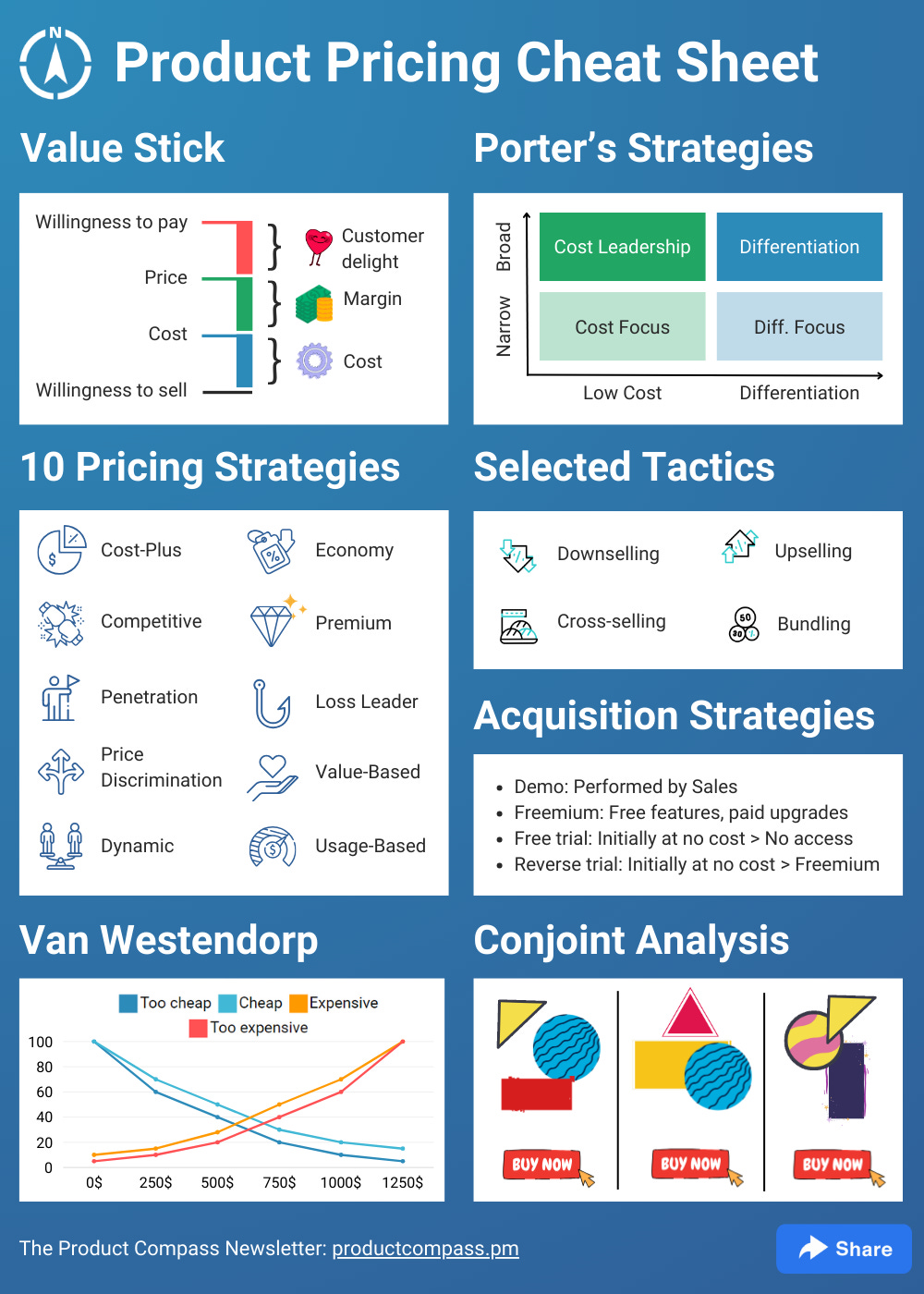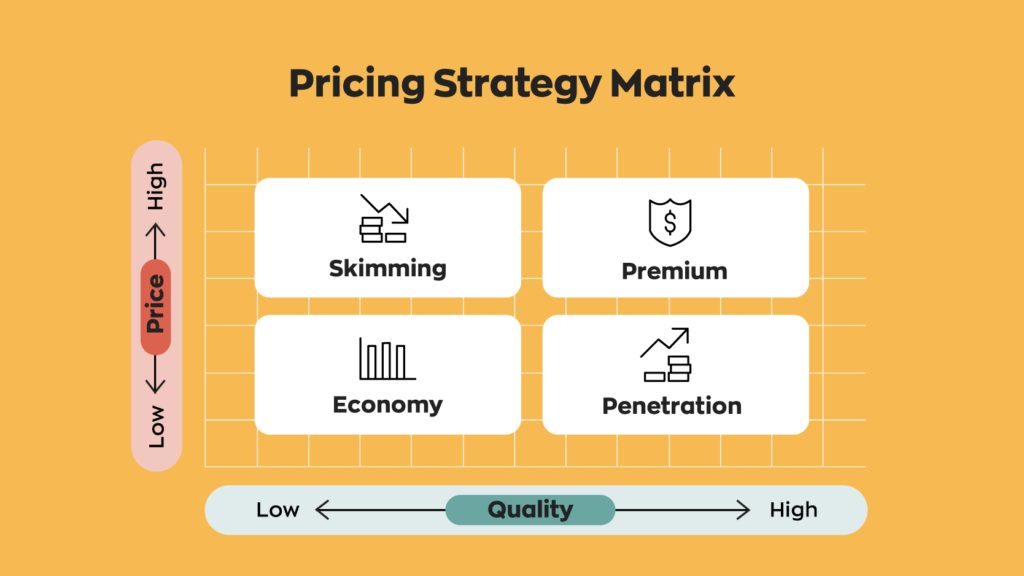How to Change Your Pricing Strategy for Different Market Segments
How to Change Your Pricing Strategy for Different Market Segments
Blog Article
Comprehending Prices Techniques: An Overview to Boosting Competition
In a progressively affordable landscape, grasping pricing strategies is vital for organizations intending to improve their market position. Understanding competitor pricing and the emotional aspects that affect customer behavior can develop a nuanced approach to rates that resonates with target audiences.
Significance of Prices Techniques
In the affordable landscape of business, the significance of rates techniques can not be overemphasized. Pricing offers as an important bar for organizations, influencing both market positioning and customer perception. A distinct rates technique can enhance success, drive sales, and develop an one-upmanship.

Comprehending client behavior is essential in crafting rates strategies. Insights into rate sensitivity, regarded value, and competitive offerings permit companies to adjust their rates models as necessary. Furthermore, normal analysis of pricing efficiency is necessary to respond to market dynamics and customer fads.
Eventually, a robust rates technique is integral not only for revenue generation but additionally for lasting business stability. It forms brand name identity, influences consumer loyalty, and plays a pivotal function in the total advertising approach. Thus, companies have to invest time and resources in creating and fine-tuning their rates approaches to grow in an ever-evolving marketplace.
Kinds Of Pricing Versions
How do services establish one of the most effective method to value their services or products? The answer lies in recognizing different rates versions, each matched to different market problems and organization purposes.
One widespread version is cost-plus pricing, where a fixed percentage is contributed to the complete cost of production. This method makes certain that all expenses are covered while producing a revenue. On the other hand, value-based pricing concentrates on the viewed value of the product to the customer, enabling companies to charge a premium based on customer demand and complete satisfaction.
One more strategy is vibrant prices, frequently used in markets such as travel and friendliness. This version readjusts rates in real-time based on market demand, rival pricing, and various other outside elements. Penetration prices is also substantial, where organizations originally established lower prices to get in an open market and gain market share, later on boosting prices as soon as a consumer base is established.
Lastly, skimming pricing entails setting high initial costs for cutting-edge or brand-new items, taking advantage of early adopters before reducing costs gradually. Comprehending these versions enables companies to strategically position themselves in the industry, aligning their rates strategies with their overarching objectives.

Analyzing Competitor Rates
Comprehending competitor pricing is a crucial aspect of developing an efficient rates technique. Organizations should perform comprehensive analyses of their rivals' pricing frameworks to determine market positioning, evaluate potential dangers, and discover opportunities for distinction. This entails accumulating data on competitors' prices, marketing approaches, and any kind of rewards or price cuts they offer.
Examine their pricing models, including any type of tiered rates systems, registration costs, or bulk discounts - Pricing Strategy. Comprehending the reasoning behind these prices techniques can provide insights into consumer habits and choices.
Think about the ramifications of rival pricing on your value recommendation. If competitors provide similar items at reduced costs, you might require to highlight distinct selling points or enhance customer solution to validate your prices.
Eventually, evaluating rival prices investigate this site not only notifies pricing decisions however also helps businesses continue to be competitive in a regularly developing market landscape.
Mental Prices Strategies
Psychological rates techniques utilize consumer psychology to affect getting decisions and enhance the regarded value of items. One common strategy is beauty prices, where rates are set simply listed below a rounded number, such as $9.99 rather of $10.00.
Another effective approach is reputation rates, where greater costs are connected with greater quality. This approach attract customers' need for status and exclusivity, positioning items as exceptional offerings. Additionally, bundling items with each other at an affordable rate can create a sense of worth, motivating customers to buy even more than they originally planned.
Scarcity pricing, which emphasizes restricted accessibility or time-sensitive deals, can additionally cause urgency, pushing consumers to act rapidly. link By comprehending and using these mental rates strategies, businesses can effectively shape consumer understandings, drive sales, and inevitably boost competition on the market.
Implementing and Changing Techniques

When information is collected, organizations should examine their rates versions against current market problems. This might involve embracing dynamic prices approaches that enable real-time adjustments based on supply and demand fluctuations. Organizations need to also consider segmenting their market to tailor prices for various client groups, improving perceived value and driving sales.
On a regular basis assessing pricing approaches is essential. This can be achieved via A/B screening his comment is here or consumer responses, which offers insights into the effectiveness of current prices. Furthermore, organizations need to continue to be versatile to adapt to unexpected changes, such as economic downturns or arising rivals.
Final Thought
To conclude, effective pricing methods function as a vital component for businesses intending to enhance competitiveness in a fluctuating market. By leveraging numerous prices models, assessing competitor prices, and employing emotional methods, companies can much better position themselves and communicate value to customers. Moreover, frequently adjusting these approaches in response to market characteristics and consumer actions is vital for ensuring long-lasting sustainability and earnings, ultimately driving sales and cultivating consumer loyalty.
In a significantly competitive landscape, grasping pricing strategies is necessary for businesses aiming to improve their market placement. Understanding rival pricing and the mental facets that influence consumer habits can produce a nuanced approach to prices that reverberates with target audiences.Recognizing rival pricing is an important facet of formulating an efficient prices approach. Assess their prices models, including any type of tiered prices systems, membership costs, or mass discount rates. By leveraging various pricing models, examining rival rates, and utilizing psychological techniques, companies can better position themselves and communicate value to consumers.
Report this page